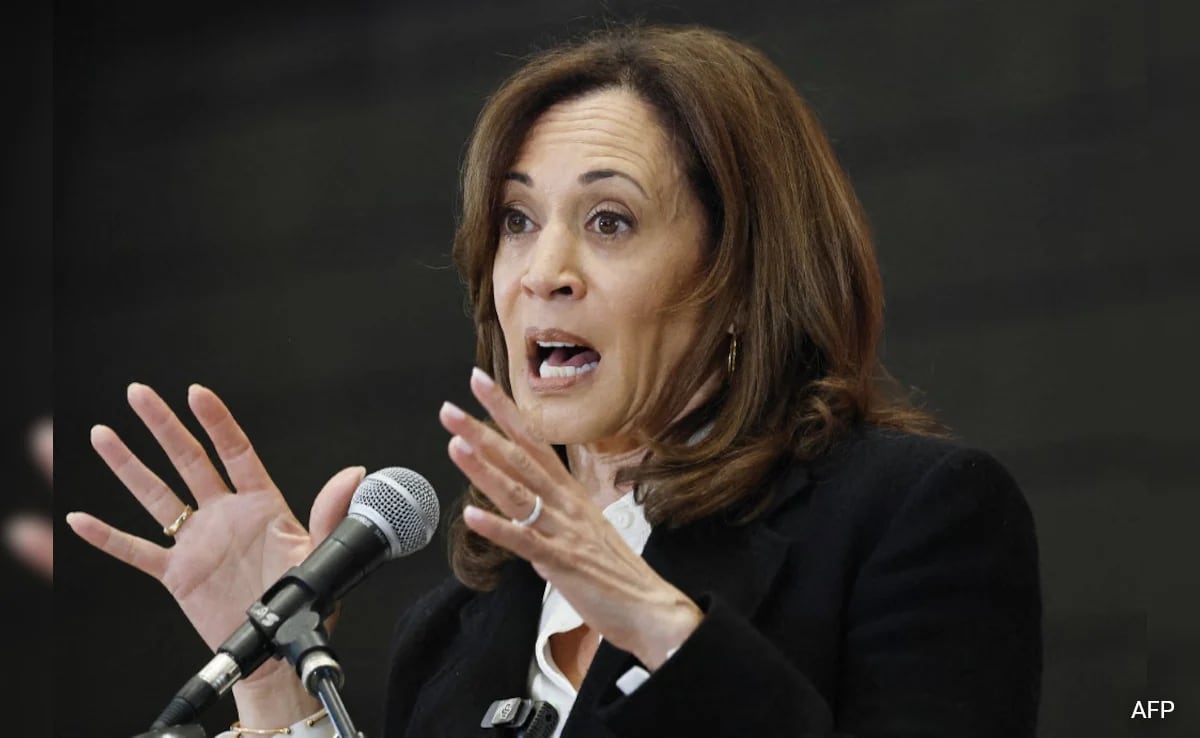Everything to know about California’s special election on Proposition 50

SAN DIEGO, Calif. (FOX 5/KUSI) -- It’s almost time for California voters to decide if the state should temporarily change its congressional districts.
What is Prop 50?
Proposition 50 would adjust California’s Congressional district map. Usually determined by an independent redistricting commission, the measure would temporarily set it aside. If it were to pass, the new boundaries determined by Proposition 50 would be used through the next three election cycles. It is the only measure on the special election ballot.
Why was Proposition 50 introduced?
Governor Gavin Newsom signed the “Election Rigging Response Act” on Aug. 21, setting up the election so Californians could decide whether to adopt a new congressional map via a special election. It also established the timeline and procedures to have the special election.
It arose in response to Texas’ new congressional map, as advocated for by President Donald Trump, that will help the GOP maintain its congressional majority come the 2026 midterm elections. California’s new maps seek to counteract this — if Prop 50 passes, it would add five more Democratic seats to the House of Representatives.
Who can vote in the special election?
All registered California voters can vote on Prop 50 and should have received a vote-by-mail ballot. Ballots were issued starting Oct. 6, and the deadline to register to vote so that it processes in time for Election Day was Oct. 20, although provisional ballots can still be completed up until Nov. 4. Californians must post mark their mail-in ballots by no later than Nov. 4 and these must be counted by Nov. 12.
Election Day is officially on Nov. 4. You can track your ballot using the Secretary of State’s Where’s My Ballot? tool, or find your in-person polling place here.
What does voting “Yes” or “No” on Prop 50 mean?
Yes
A “yes” vote for Prop 50 means you support California’s push for new Congressional maps that may give Democrats an advantage in the House of Representatives. Supporters of Prop 50 argue that its passage would level the playing field, gives power to voters and is a vehicle to protect democracy nationwide.
The five largest donors to support Prop 50 include the House Majority PAC, The Fund For Policy Reform, The California Teachers Association Issues PAC, The California Nurses Association, and the National Education Association.
No
A “no” vote would mean you want California’s district lines to remain the same, as they were originally drawn by the state’s independent and nonpartisan commission. Opponents of the proposition argue that it repeals voter-approved election reforms, wastes taxpayer money and is a “political power-grab.”
The five largest donors to the opposition PACs include Charles T. Munger, Jr. (previous chairperson of the Santa Clara Republican Party and the California Republican Party’s Initiatives Committee), the Congressional Leadership Fund, The Kevin McCarthy for Congress PAC, Thomas M. Siebel (Chairman of C3.ai), and Robert A. Kotick (former CEO of Activision Blizzard).
Supporters have raised about $120 million for Prop 50, while opponents have raised about $44 million, making the proposition the subject of more independent expenditures than any others in the state’s history.
What will change if Prop. 50 passes?
There are five Republican-led districts that would become more Democratic if Prop 50 passes:
- District 1: Represented by Rep. Doug LaMalfa, currently includes cities such as Chico, Redding, Yuba City and more.
- District 3: Represented by Rep. Kevin Kiley, currently includes cities such as Rocklin, Folsom, Truckee and more.
- District 22: Represented by Rep. David Valadao, currently includes cities such as Tulare, Porterville, Delano and more.
- District 41: Represented by Rep. Ken Calvert currently includes cities such as Palm Springs, Corona, Lake Elsinore and more.
- District 48: Represented by Rep. Darrell Issa, currently includes cities such as Temecula, Murrieta, Escondido and more.
To see how your specific district may be affected, see this interactive map.
What happens if Prop 50 does not pass?
Polls show that over 50% of California voters are in support of Prop 50. But, we won’t know its true fate until Tuesday, Nov. 4, or in the days after as ballots are counted.
If voters do not decide in favor of Prop 50, the current maps drawn by the California Citizens Redistricting Commission would continue to be used until new maps are drawn following the 2030 U.S. Census.
What does this mean for the rest of the country?
California and Texas aren’t the only two states that have taken action or started conversations around redistricting. Missouri passed their own redistricting plan back in September, one that could help Republicans win more seats in the House in next year’s midterms.
States that have either started on new maps or have stated that they are open to doing so in favor of Republicans include Indiana, Kansas, Utah, Ohio, Florida and Louisiana.
Maryland representatives are now considering new district lines in favor of Democrats, as well as New York and Illinois.





